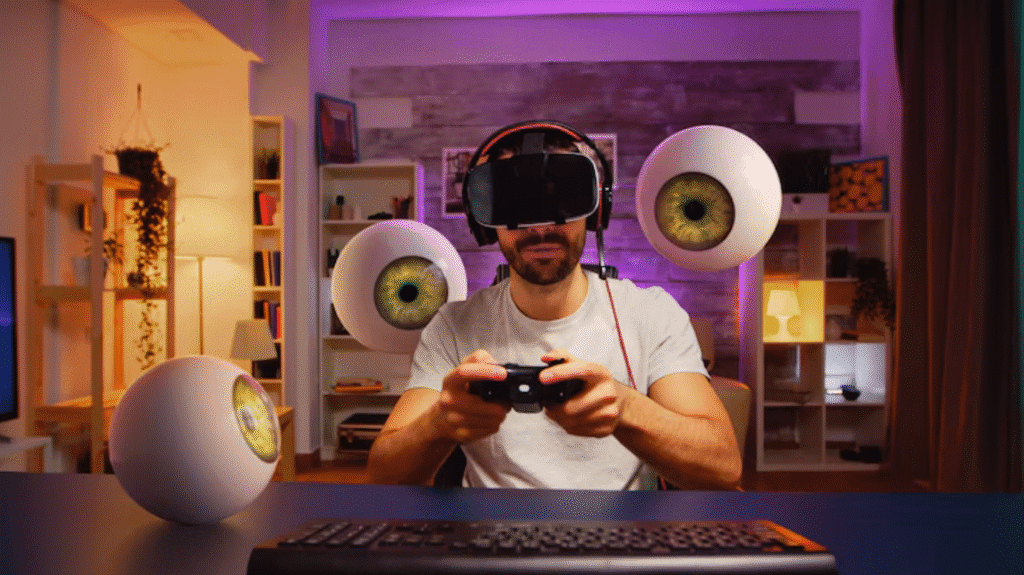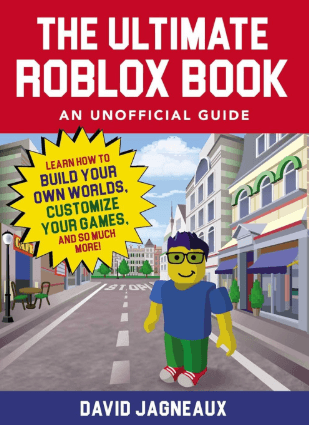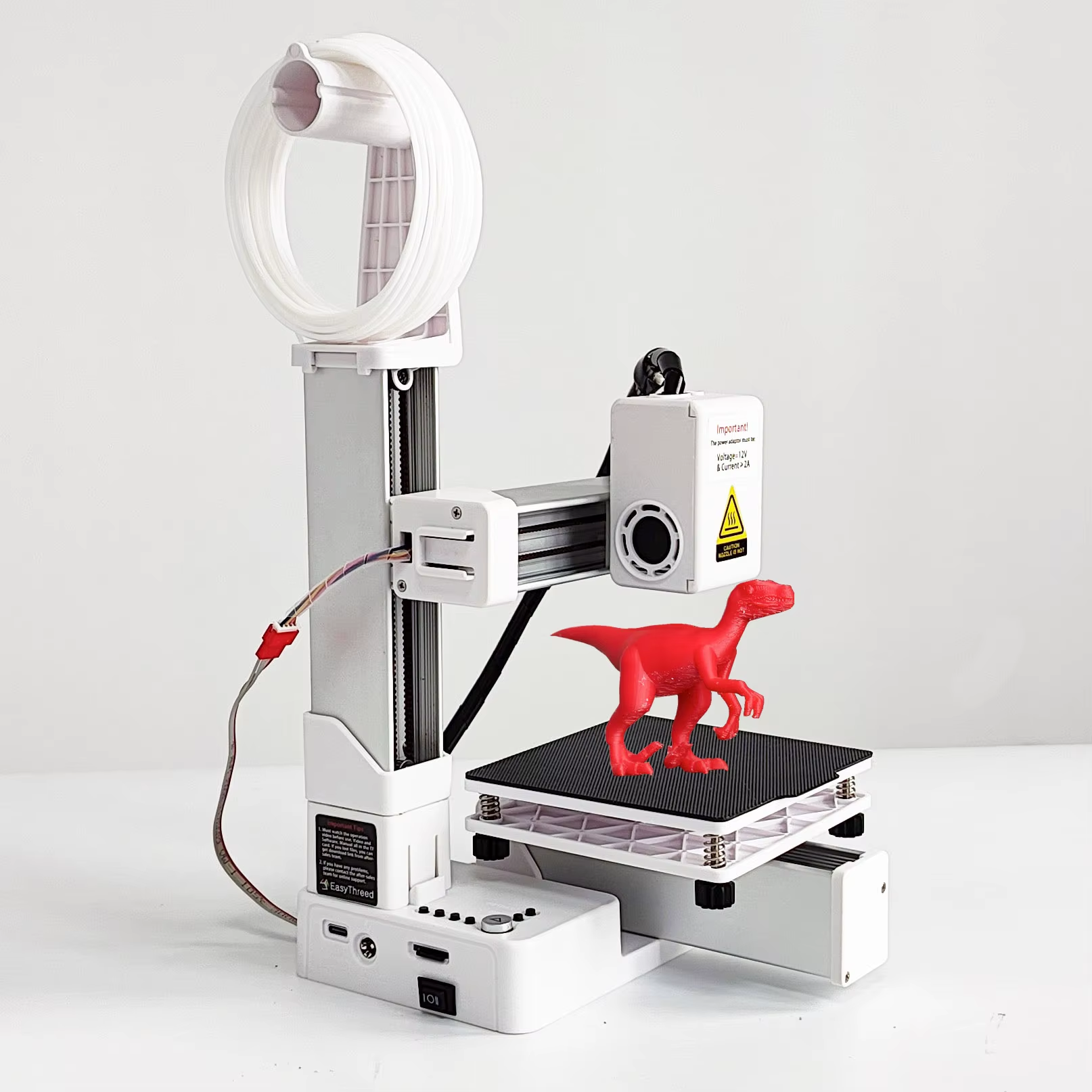Virtual Reality (VR) has gone from science fiction fantasy to a fast-evolving frontier in interactive entertainment. With immersive headsets, motion tracking, and increasingly realistic worlds, VR gaming is redefining how we play, move, and feel inside digital spaces.
But what does VR gaming look like today—and where is it headed next?
🕶️ What Is VR Gaming?
Virtual Reality gaming places players inside three-dimensional digital environments using:
- Head-mounted displays (HMDs) like the Meta Quest 3, PlayStation VR2, or Valve Index
- Motion controllers that track hand and body movements
- Room-scale tracking to explore virtual spaces physically
In VR, you don’t just control a character—you become them.
Example: In Beat Saber, you slash glowing blocks to music using your arms. In Half-Life: Alyx, you lean, duck, reload, and solve puzzles physically.
🚀 Why VR Gaming Is Growing So Fast
1. Affordable, Standalone Hardware
Earlier VR required powerful PCs and external sensors. Now, standalone devices like the Meta Quest offer wireless VR without the cost of a gaming rig.
2. Improved Comfort and Tech
New headsets are lighter, have better resolution and refresh rates, and reduce motion sickness—making longer sessions more viable.
3. Mainstream Appeal
Titles like Resident Evil 4 VR, No Man’s Sky, and VRChat have broadened VR’s audience beyond hardcore tech fans.
4. Fitness and Social Potential
Games like Supernatural, Thrill of the Fight, and Pistol Whip offer full-body cardio workouts, while social apps like Rec Room and Horizon Worlds let users hang out, perform, and build worlds together.
🎮 Genres That Shine in VR
While some flat-screen games don’t translate well to VR, others thrive:
- Rhythm & Music – Beat Saber, Synth Riders
- Survival Horror – Resident Evil, Phasmophobia
- Puzzle & Exploration – The Room VR, Red Matter
- Simulation & Crafting – Job Simulator, Townsmen VR
- Multiplayer & Social – Population: One, VRChat, Rec Room
VR creates unmatched presence—a sense that you are really there—which makes horror scarier, action more intense, and narratives more personal.
🧠 How VR Is Changing Player Experience
✨ Embodied Gameplay
You’re not pressing buttons to jump or crouch—you physically move. This creates stronger muscle memory and emotional engagement.
😲 Emotional Impact
VR heightens immersion so powerfully that players:
- Flinch when something jumps at them
- Feel real fear on virtual ledges
- Build empathy in narrative-heavy experiences (e.g. Before Your Eyes, The Last Clockwinder)
💬 Communication and Expression
In social VR, body language, eye contact, and gestures add depth to virtual conversations—offering a more human, intuitive experience than typing or voice chat alone.
🧩 Challenges Facing VR Gaming
Despite its promise, VR faces several hurdles:
- 🧭 Motion Sickness – Though improved, some players still feel nausea in certain games.
- 💸 Cost and Accessibility – Headsets remain a luxury for many.
- 📉 Content Shortage – Many games are short or tech demos; long, polished titles are still rare.
- 🧑💻 User Interface and Design – Developers are still learning how to best design for 3D, motion-first experiences.
Still, these challenges are rapidly being addressed as adoption grows.
🧪 The Future of VR Gaming
Expect innovation in areas like:
🌐 Mixed Reality (MR) Integration
New headsets (e.g. Meta Quest 3, Apple Vision Pro) blend virtual elements with your real surroundings—creating Mixed Reality experiences where games interact with your physical space.
👥 More Multiplayer, Shared Worlds
Games will become social experiences, with real-time co-op, spectators, and creator tools for building your own VR universes.
🎨 Hyper-Immersive Worlds
With eye-tracking, haptics (touch feedback), and full-body tracking, future games may offer:
- Realistic facial expressions
- Finger-level interaction
- Emotional responsiveness from AI characters
🧍♂️ Full-Body VR & Fitness
With leg tracking, accessories like VR treadmills, and gamified fitness, VR may become a major force in health and wellness.
🏁 Conclusion: VR Is Still Leveling Up
VR gaming isn’t just a gimmick or fad. It’s a new medium—as revolutionary as 3D graphics or online multiplayer once were. While it still has growing pains, the blend of immersion, physicality, and emotion it offers is unmatched in digital entertainment.
As technology advances and creators push the limits, VR could change not just how we game—but how we learn, socialize, and connect.
The future isn’t flat—it’s virtual.




